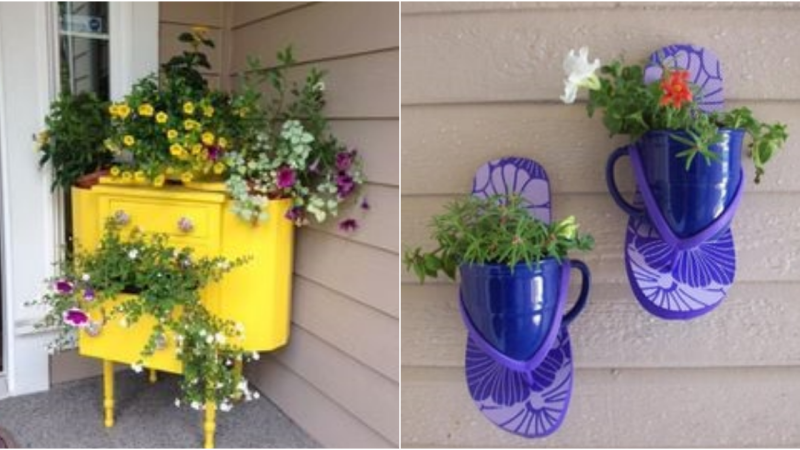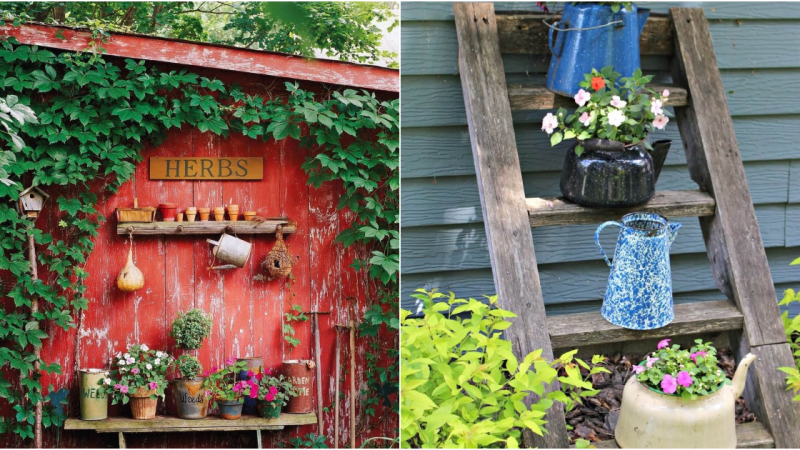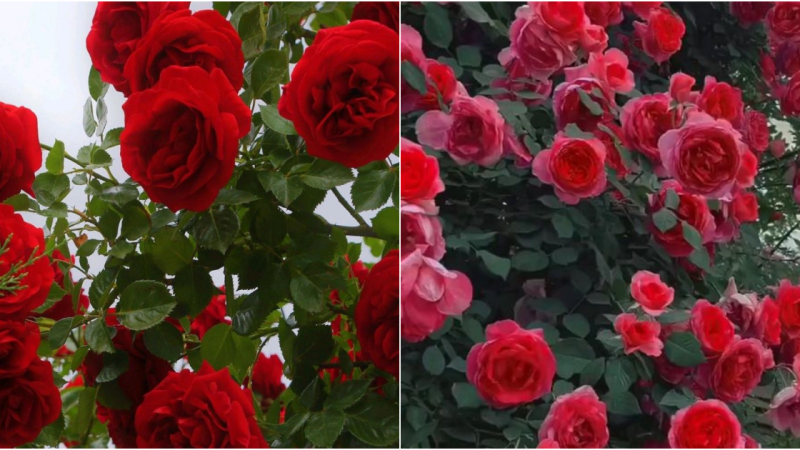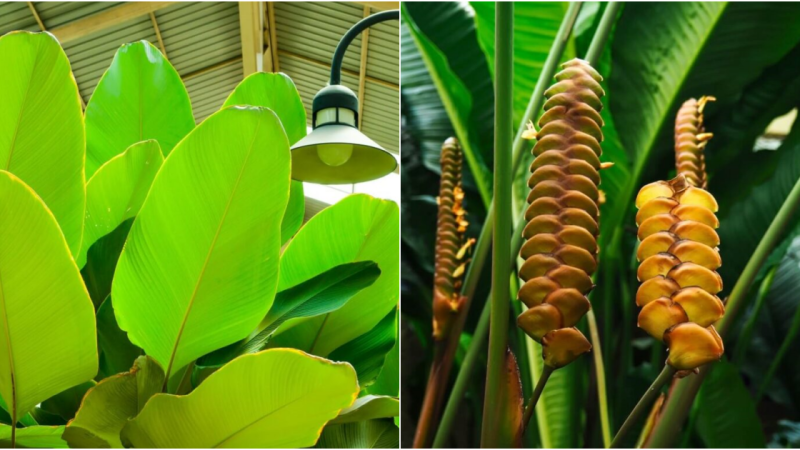Diagnosing and Resolving Yellow Leaves on Impatiens: Tips for Vibrant Summer Blooms
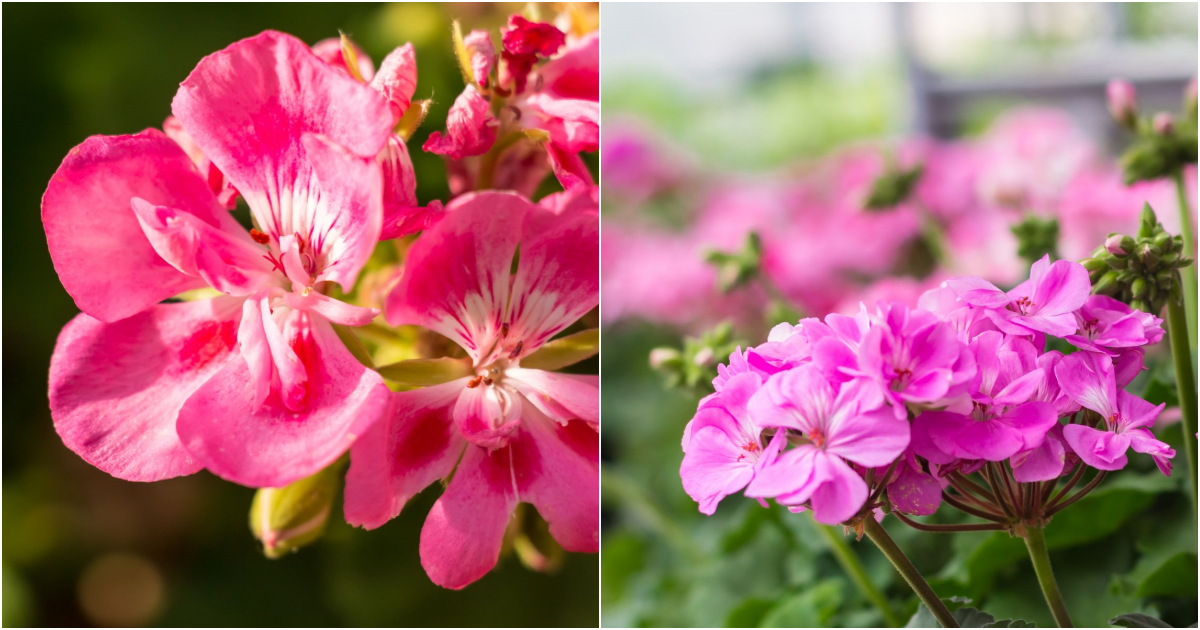
Impatiens, also known as busy Lizzies, are a popular choice for adding a burst of color to your garden or containers. While generally low-maintenance, the issue of yellowing leaves can sometimes arise, detracting from their beauty. In this guide, we’ll explore the reasons behind impatiens leaves turning yellow and provide actionable tips to maintain their health and vibrancy throughout the summer.
Understanding the Causes of Yellowing Impatiens Leaves
- Normal Aging: Not all cases of yellowing leaves are concerning. It’s natural for older leaves to turn yellow and eventually fall off as they no longer contribute to the plant’s growth. This process can occur more rapidly in leaves that receive partial or full shade.
- Pests and Diseases: Yellowing leaves can be a result of various pests and diseases. Nematodes are one such pest; they cause yellowing leaves, which improve later in the day. To combat nematode infestations, remove and discard affected plants. Botrytis blight, a fungus, can cause wilting flowers and weak stems along with yellowing leaves. Trim and dispose of infected parts, then mist the plant with a water and bleach solution. Downy mildew results in brown spots and eventual yellowing; infected plants and soil should be removed to prevent further spread. Verticillium wilt, another fungus, leads to yellowing leaves and requires similar treatment.
- Nutritional Deficiency: Yellowing of young leaves may indicate a lack of nutrition or improper watering. Supply nutrients by adding compost or slow-release fertilizer during planting. Container-grown impatiens may need more frequent fertilization. Ensure the soil pH is between 6.0 and 6.5, and that it’s rich in humus and well-drained.
- Watering Imbalance: Finding the right balance in watering is crucial. Both overwatering and underwatering can cause yellowing leaves. Overwatering leads to waterlogged roots, hindering nutrient absorption, while underwatering causes dehydration and stress. Maintain a balance by checking the soil moisture level with your finger; water when the top inch feels dry.
Maintaining Healthy Impatiens: Practical Tips
- Proper Planting: During planting, incorporate compost or slow-release fertilizer to provide essential nutrients. Adjust fertilization frequency for container plants.
- Pest and Disease Management: Regularly inspect your impatiens for signs of pests or diseases. If identified, take prompt action by removing and discarding affected plants and parts. Consider rotating planting locations to prevent disease buildup.
- Balanced Watering: Water impatiens appropriately, keeping the soil moist but not waterlogged. Stick your finger into the soil to check moisture; if the top inch is dry, it’s time to water.
- Sunlight and Shade: Impatiens thrive in partial to full shade. Ensure they receive the right amount of sunlight to prevent stress and leaf yellowing.
- Soil Conditions: Maintain slightly acidic soil (pH 6.0 to 6.5) that’s well-drained and rich in humus for optimal growth.




